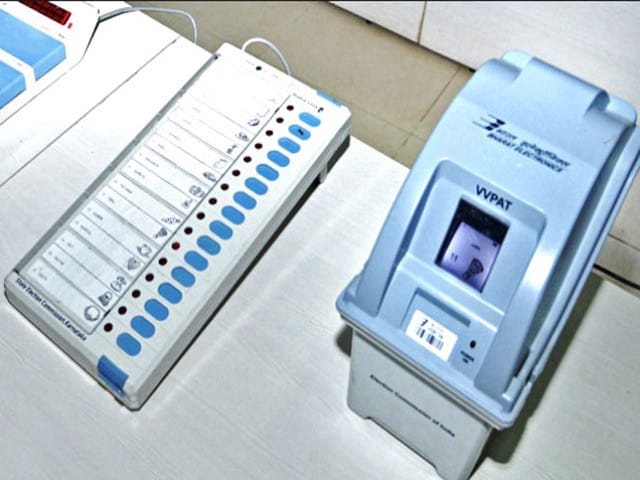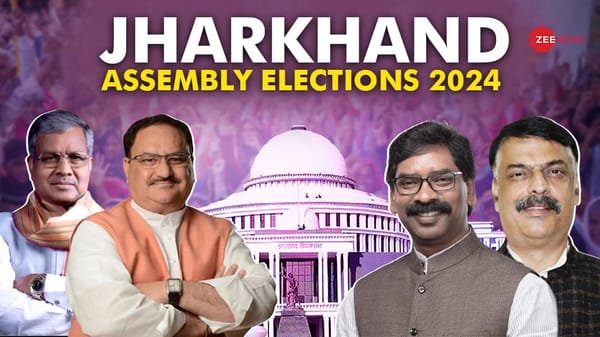The Controversy Surrounding Electronic Voting Machines in India

Electronic Voting Machines (EVMs) have been a cornerstone of India's electoral process for over two decades, heralded for their efficiency, accuracy, and ability to streamline the voting process in the world's largest democracy. However, these machines have also been the center of ongoing debates and controversies, with allegations of tampering, technical glitches, and calls for returning to paper ballots. This article explores the current state of EVM conflicts in India, examining the various facets of the controversy and the implications for the country's democratic process.
Historical Context and Adoption of EVMs
EVMs were first introduced in a limited capacity during the 1982 Kerala Legislative Assembly elections and were subsequently adopted nationwide in 1999. The move to EVMs was driven by the need to eliminate issues associated with paper ballots, such as booth capturing, ballot stuffing, and lengthy counting processes. These machines were seen as a technological advancement that could enhance the integrity and efficiency of elections in India.
The Core of the Controversy
Despite their intended benefits, EVMs have been the subject of skepticism and controversy. The main points of contention include:
- Allegations of Tampering: Critics argue that EVMs can be manipulated to alter election results. Political parties and candidates who have faced unexpected losses often claim that the machines were rigged against them. These allegations have led to demands for more transparency and accountability in the use of EVMs.
- Technical Glitches: Instances of malfunctioning EVMs have been reported in various elections, causing delays and raising doubts about their reliability. Such glitches, whether due to technical faults or human error, undermine public confidence in the electoral process.
- Lack of Voter Verifiable Paper Audit Trail (VVPAT): While EVMs now often come equipped with VVPAT, which provides a paper trail for verification, critics argue that this feature is not universally implemented or effectively used. The VVPAT system allows voters to verify their vote, but concerns remain about its deployment and the frequency of its use in audits.
- Judicial and Political Scrutiny: The Supreme Court of India and various High Courts have been petitioned multiple times to examine the integrity of EVMs. Political parties, especially those in opposition, frequently call for judicial intervention to ensure free and fair elections.
Key Developments in the EVM Controversy
Recent developments highlight the ongoing conflicts surrounding EVMs:
- Supreme Court Interventions: In response to petitions questioning the reliability of EVMs, the Supreme Court has directed the Election Commission to increase the use of VVPAT in verifying election results. In a landmark judgment in 2019, the court mandated the verification of VVPAT slips for five randomly selected EVMs per assembly segment in each constituency.
- Opposition Protests: Major opposition parties, including the Congress, have periodically staged protests and demanded a return to paper ballots. They argue that EVMs compromise the transparency of the electoral process and call for greater scrutiny and accountability.
- Election Commission's Stance: The Election Commission of India (ECI) has consistently defended the use of EVMs, citing multiple layers of security, stringent protocols, and the successful conduct of numerous elections as evidence of their reliability. The ECI maintains that EVMs are secure and tamper-proof, with no credible evidence to suggest otherwise.
- Technological Upgrades: To address concerns, the ECI has worked on upgrading the technology used in EVMs and VVPATs. Continuous improvements and rigorous testing aim to enhance their reliability and public trust.
Implications for Indian Democracy
The controversy over EVMs has significant implications for India's democratic process:
- Public Trust in Elections: Ensuring the credibility of elections is paramount. Persistent doubts about EVMs can erode public confidence in the electoral process, potentially undermining the legitimacy of elected representatives.
- Political Stability: Allegations of EVM tampering can lead to political unrest and instability. Ensuring transparent and fair elections is crucial for maintaining political harmony and preventing post-election conflicts.
- Technological and Administrative Reforms: The ongoing debate necessitates continuous technological advancements and administrative reforms. The ECI must adapt to evolving challenges and ensure robust mechanisms for verifying and validating election results.
- Legal and Policy Frameworks: Strengthening legal and policy frameworks governing the use of EVMs can address concerns and enhance transparency. Clear guidelines and stringent penalties for any malpractice are essential for safeguarding the electoral process.
Conclusion
The controversy surrounding EVMs in India reflects broader concerns about the integrity and transparency of the electoral process. While EVMs have undoubtedly streamlined voting and counting procedures, addressing the skepticism and technical challenges associated with their use is critical. As India continues to grapple with these issues, ensuring public trust and maintaining the sanctity of its democratic process remain paramount. Robust mechanisms, continuous technological upgrades, and transparent practices are essential to resolving the conflicts surrounding EVMs and securing the future of India's elections.



